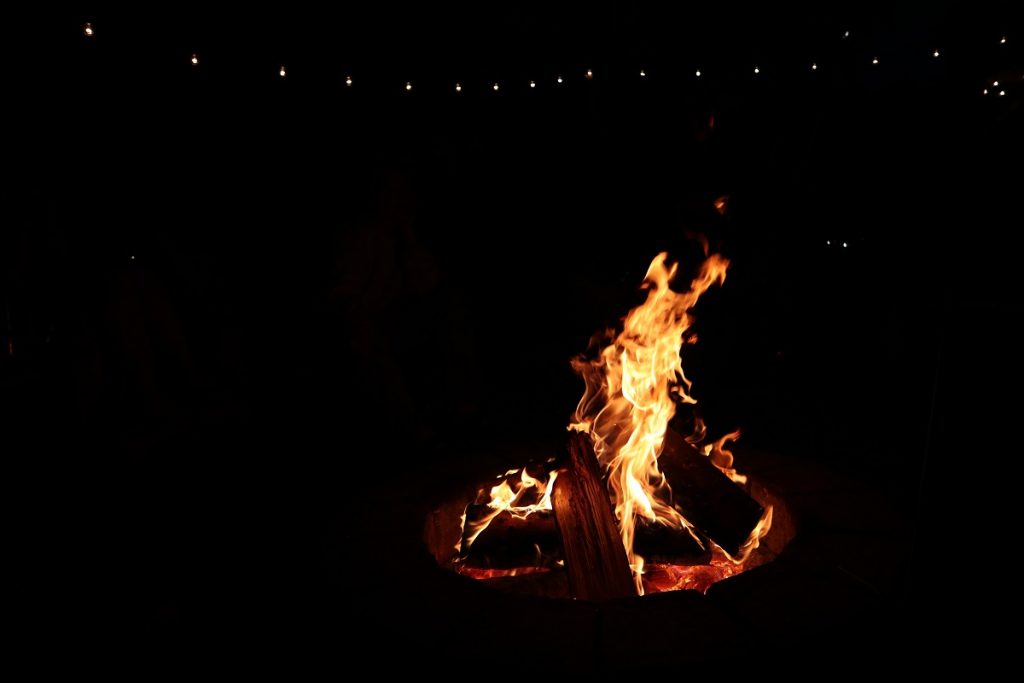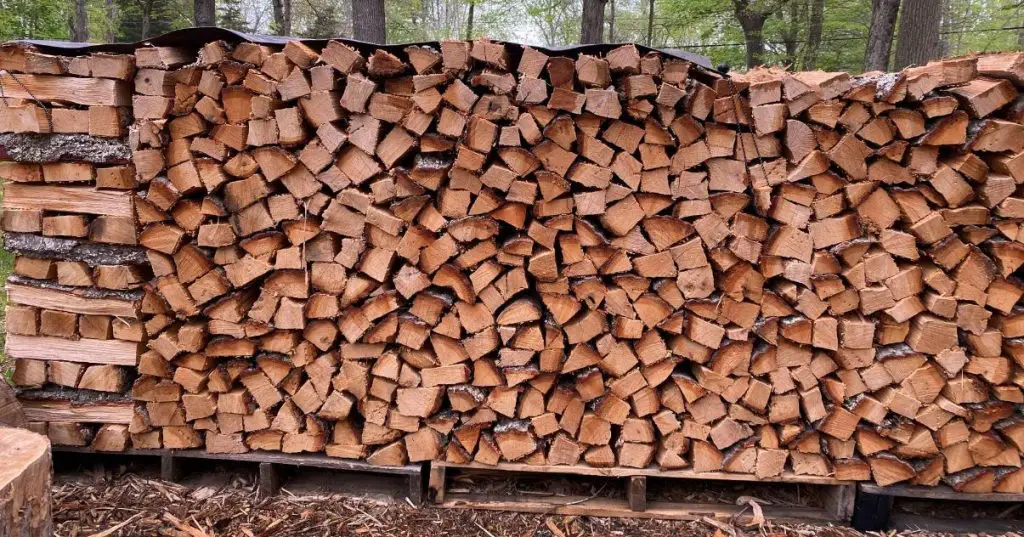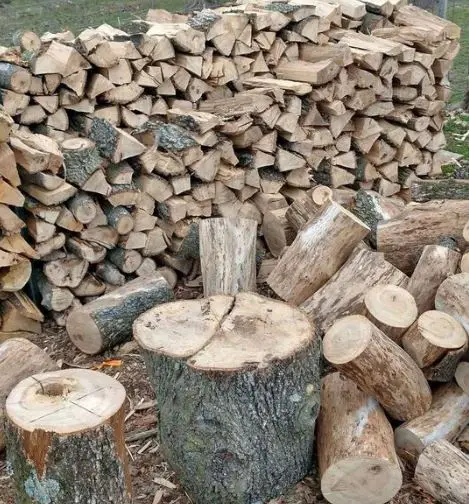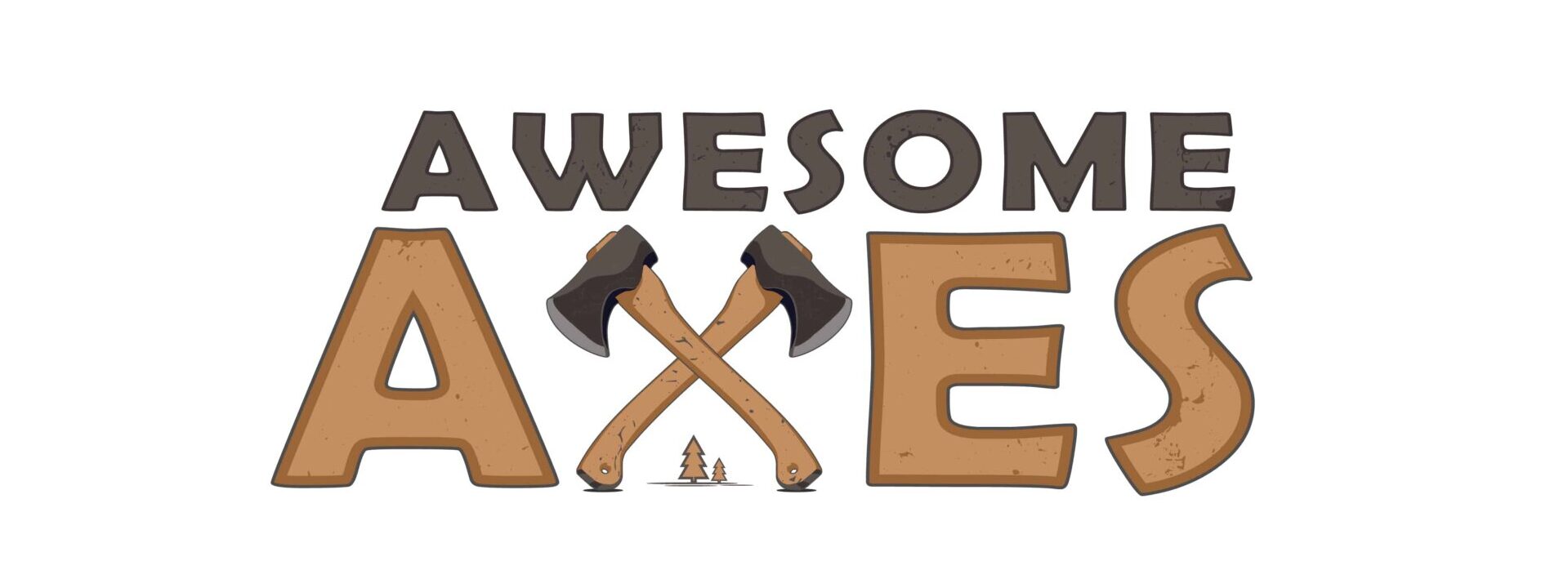Firewood pops and crackles due to trapped moisture and pockets of sap or resin in the wood. When heated, the moisture turns to steam, and the sap/resin liquefies, causing pressure to build. The pressure release results in the audible popping and crackling sounds during combustion.
Firewood pops and crackles when it burns due to trapped moisture expanding as it boils into steam and pockets of sap igniting. The more moisture and sap in the wood, the more pops and crackles you will hear.
There’s nothing quite like sitting next to a fire, mesmerized by the rhythmic motion of the flames as they move over the logs while listening to the subtle cracks, pops and whizzing sounds made as it burns. Keep reading if you’re wondering why firewood tends to make those noises while burning.
Understanding the physical components of firewood and how they react to extreme levels of heat is the basis of providing an answer as to why firewood pops and crackles. There are a number of factors at play that pertain to the chemical components in the wood, what type of firewood you’re using, as well as other items to consider.
This article will provide a brief description to help you explain why firewood pops and crackles and may also give you some interesting facts to share the next time you’re sitting around a fire with friends.

Table of Contents
Trapped Moisture
You’re probably well aware that water turns into steam when it comes in contact with high heat levels. This is the basic factor that causes firewood to produce the signature popping and crackling sounds, but you’re probably wondering how water could be trapped inside firewood – especially wood that’s been seasoned and is very dry.
Contrary to popular belief, trees don’t hold most of the water they take in inside their root system. While much of the water does get soaked up by the tip of the roots that stretch to the outer edge of the tree’s canopy, much of the bark and wood inside will hold water in the tiny pores and pockets that are not visible to the naked eye.
The water soaked up from the roots will be pulled up through the trunk and into the tree itself. Even during periods of drought, you might still find a good bit of water stored deep within the tree’s interior, well below the exterior bark. Some types of trees will soak up greater amounts of water than others, too.
Once you cut the tree down and eventually cut it into firewood, some of this water will remain trapped inside the wood for many months or even a year or more. The heat from your fire will cause this trapped moisture to turn into gas, expand and eventually pop or produce a crackling sound followed by a slow wheezing noise as the steam is released.
Sap Pockets
Another reason why you hear those loud and sometimes startling popping or crackling noises is due to sap pockets being heated and igniting. Many trees produce varying levels of sap, a sticky substance that holds moisture for prolonged periods.
Much of this sap is made up of water, and when it begins to heat up, it will also expand until it ‘pops’ or ‘crackles’ as it is released from the pocket where it was trapped. Much of this sap will remain trapped inside the wood, regardless of how you cut the firewood logs and also how you stack them.
Different types of wood will always have varying sap content. A good rule of thumb is to remember that ‘soft’ wood will often have greater amounts of sap while ‘hard’ wood will have much less. We’ll get deeper into this subject in the following section.
Types of Firewood
Not all firewood is the same. If you want to cut down on the potential for your firewood to produce these popping and crackling noises, you can go with a specific type of firewood to lessen this effect.
In general, softwoods are known to produce more sap and hold more trapped water than hard types of firewood. It might be a surprise to learn that you can decrease the amount of pops and crackles from your firewood, but this could come in handy when you’re trying to avoid any of the surrounding camp gear or any other flammable substance catching fire due to a wayward ember sent flying after a loud ‘pop’ comes from your campfire.
Some of the best hard firewood includes:
Some of the best soft firewood includes:
Soft types of wood are just that – softer than many other types of firewood. These trees tend to be the first ones to break and bend when a major storm moves through with high winds. While it is often acceptable to burn soft firewood, you should note that you’re guaranteed to have more ‘popping’ and ‘crackling’ with this type of firewood than you might get with hardwood.
With most types of soft wood, the wood itself seems to be more fibrous and sponge-like compared to the dense, hard feel of hard types of wood. In many cases, you can take a soft type of tree’s limb or branch in your hands and significantly bend or even break it with relative ease compared to hard types of wood.
Hard firewood is usually trees that bear some type of fruit or nut. These trees have adapted and evolved over time to withstand the damage that comes with high winds and storms, especially tornados and hurricanes.
Hard types of firewood don’t have as many pores and pockets as softwood does, which means they are less likely to trap moisture or sap inside. Many of the hard types of firewood we mentioned are excellent for cooking or grilling as they are less likely to pop and crackle in a way that will risk a stray ember starting an unwanted blaze.

Why Seasoning Wood Matters
If you want to decrease the likelihood of your firewood producing exceptionally loud pops and crackles, seasoning your firewood is a must. This is something that isn’t always possible if you’re camping deep into the backcountry, as you won’t have the luxury of selecting and seasoning your firewood. However, when it comes to cutting and storing wood for long-term use at your home or elsewhere, you can plan ahead and have a much quieter, safer fire.
Seasoning firewood simply means letting it dry after it’s been cut into logs or split into firewood.
To season your firewood, you’ll want to store it in a location where it will be in contact with the open air, but also will be covered from any falling rain that will certainly occur. It’s also important to keep your wood in direct sunlight for as many hours a day as possible and stack the wood in such a way as to allow air to flow into and around each individual piece.
Most experts recommend letting your firewood sit for one year before it is well seasoned, but others believe two or even three years is the optimal range for perfectly-seasoned firewood. By seasoning your firewood, you allow the pockets of moisture to slowly dry out and the sap to seep out.
Seasoning firewood also isn’t difficult as you’ll only need to cut the firewood to your specifications and stack it neatly in a dry area, preferably with some type of covering over the wood to prevent rain and moisture from seeping into the wood and spoiling your efforts.
If you’ve ever sought to purchase firewood, you’ve likely noticed that seasoned firewood will fetch a much greater price than unseasoned. This is obviously due to the extra time the seller invested in properly seasoning the wood before making it ready to sell.
If you make the extra effort to properly season your firewood, you can count on having a much safer fire that won’t have mini-explosions popping off once every few minutes. Whether camping or enjoying a backyard blaze, maintaining a safe fire revolves around doing what you can to limit the potential for a stray ember to land somewhere around the fire and spark a fire of its own.
Instead, with well-seasoned firewood, you can expect to hear a near-constant crackling and popping sound coming from the dry wood. This is preferable over the hazardous and loud popping that occurs with ‘wet’ wood or wood that has not been seasoned long enough.

The Temperature of the Fire
The fire’s temperature will often significantly impact how well your wood burns and the number of cracks and pops you experience with unseasoned firewood. It’s important that your fire is able to burn at around 500 degrees Fahrenheit as this will allow the wood to burn quickly and decrease the amount of time that any trapped moisture or sap may have to slowly heat up and burst.
To create a fire that offers optimal heat and temperature, you’ll need to stack your firewood in such a way as to allow as much oxygen to flow around the wood and the flames. Avoid stacking your firewood too closely together, and be sure to space each piece for the best results.
Conclusion
If you must burn soft or wet, unseasoned firewood, be sure to clear the area around the fire from any type of flammable items or gear that might catch fire. Knowing the difference between each type of firewood and the other things we’ve mentioned in this brief article, should provide you with a good basic guide on how to create the perfect fire.
